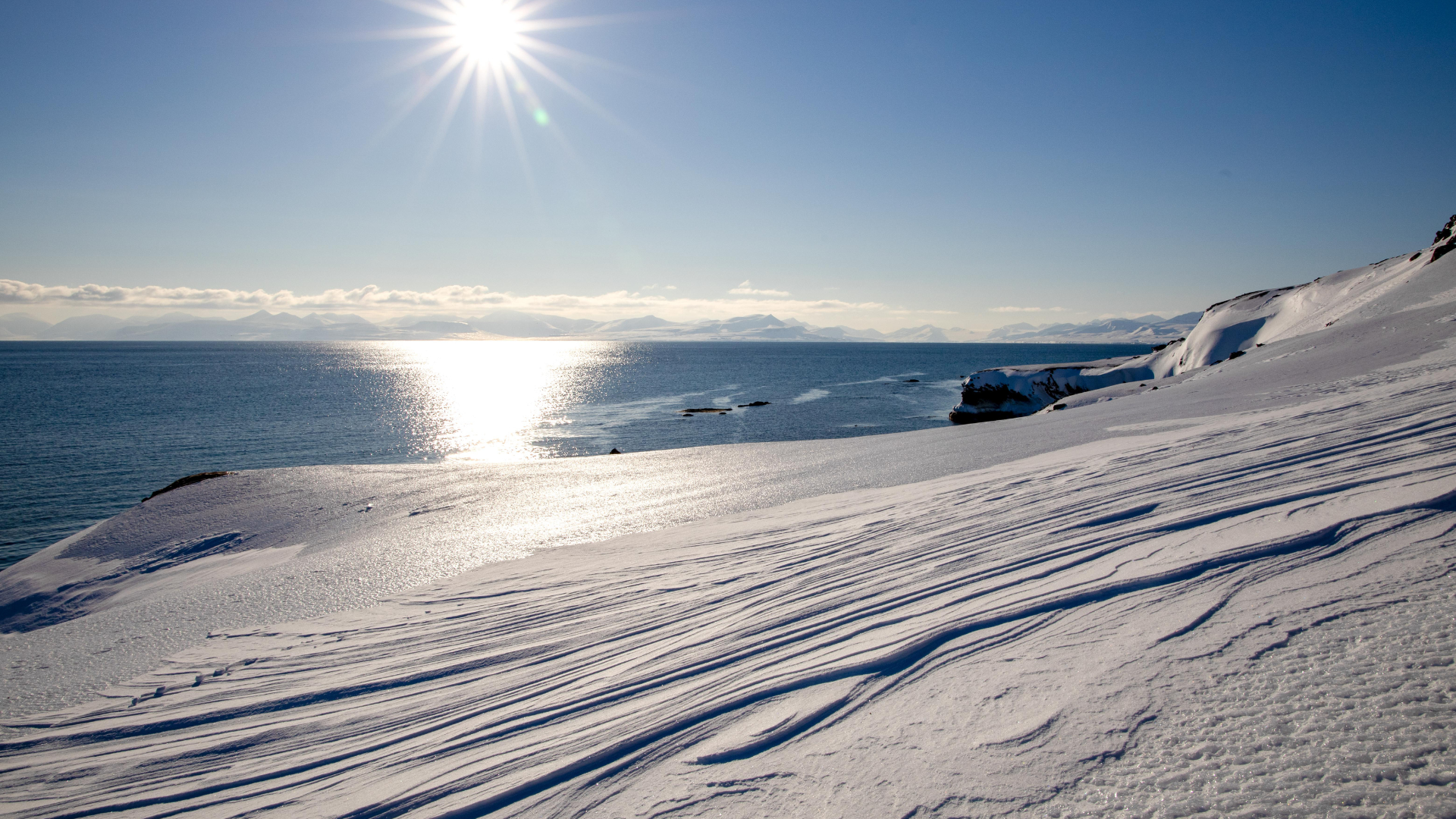Svalbard: How to Arrive in February
Svalbard: How to Arrive in February

Traveling to Svalbard in February offers a unique and adventurous experience. As the archipelago remains under the polar night until mid-February, the journey to this remote destination requires meticulous planning. Longyearbyen, the main settlement, is your gateway to Svalbard. Most visitors arrive by air, with flights from Oslo or Tromsø in Norway being the primary routes. Booking your flights well in advance is essential, as seats can be limited due to the small number of flights servicing the region.
Packing for Svalbard's harsh winter conditions is critical. February temperatures can drop to -20°C (-4°F) or lower, with wind chills making it feel even colder. Layering your clothing is the best strategy to stay warm. Start with a moisture-wicking base layer, followed by an insulating middle layer, and a windproof and waterproof outer layer. Essential accessories include thermal gloves, a hat, and a scarf or neck gaiter. Insulated boots are necessary to navigate the snowy and icy terrain, ensuring your feet remain warm and dry throughout your stay.
Upon arrival in Longyearbyen, you will find that transportation options are limited but sufficient. The town is small and can be easily explored on foot, though taxis are available if needed. Some accommodations offer shuttle services from the airport, so it's worth checking with your hotel or guesthouse in advance. Renting a snowmobile is a popular option for exploring the surrounding areas, but proper training and adherence to safety protocols are essential due to the challenging conditions.
The continuous darkness of the polar night gradually gives way to the first hints of daylight in mid-February. This transition period provides a unique experience, where the sky takes on beautiful hues during the twilight hours. A high-quality headlamp or flashlight with extra batteries is essential for navigating the dark streets and trails. Reflective clothing or accessories can enhance your visibility and safety during outdoor activities. The polar night also offers excellent opportunities to witness the northern lights, so plan some evening excursions to maximize your chances of seeing this natural spectacle.
Longyearbyen offers a range of accommodations, from hotels to guesthouses, each providing a warm refuge from the cold. Booking your stay well in advance is advisable, as options can fill up quickly during the winter season. Many accommodations offer amenities like on-site restaurants and communal areas where you can relax and socialize with other travelers. It's also a good idea to familiarize yourself with the local facilities, such as grocery stores and medical services, to ensure you have everything you need during your stay.
Staying connected in Svalbard is important, given the remote location and potential for extreme weather conditions. Mobile phone coverage is generally good in Longyearbyen, but more limited in the outlying areas. Ensure your phone is set up for international roaming, and consider purchasing a local SIM card for better connectivity. Most accommodations and public places offer Wi-Fi, allowing you to stay in touch with friends and family and keep track of weather updates and local news.
Respecting local regulations and customs is crucial when visiting Svalbard. The archipelago has a fragile ecosystem, and strict environmental protection laws are in place to preserve its unique landscape and wildlife. Familiarize yourself with the Svalbard Environmental Protection Act and follow guidelines for waste disposal, wildlife interactions, and off-road travel. Engaging with the local community and learning about the history and culture of Svalbard can enrich your experience, providing insights into the challenges and beauty of life in the Arctic.
Preparing for emergencies is a vital part of planning your trip to Svalbard in February. The remote location and harsh conditions mean that medical facilities are limited, and evacuation can be challenging. Ensure you have comprehensive travel insurance that covers emergency medical treatment and evacuation. Carry a basic first-aid kit and know the location of the nearest medical facility. Registering your travel plans with local authorities, particularly if you plan to venture outside Longyearbyen, ensures that you can be reached in case of an emergency.











